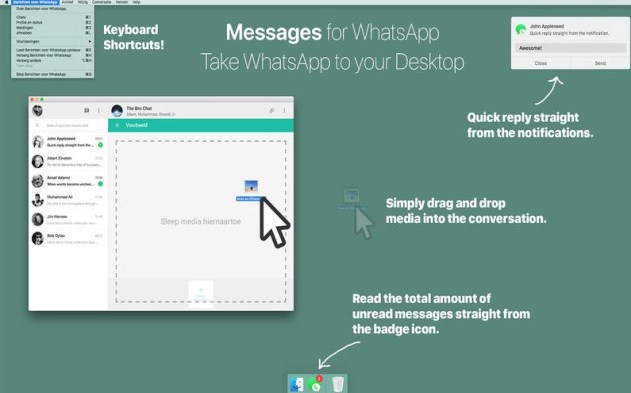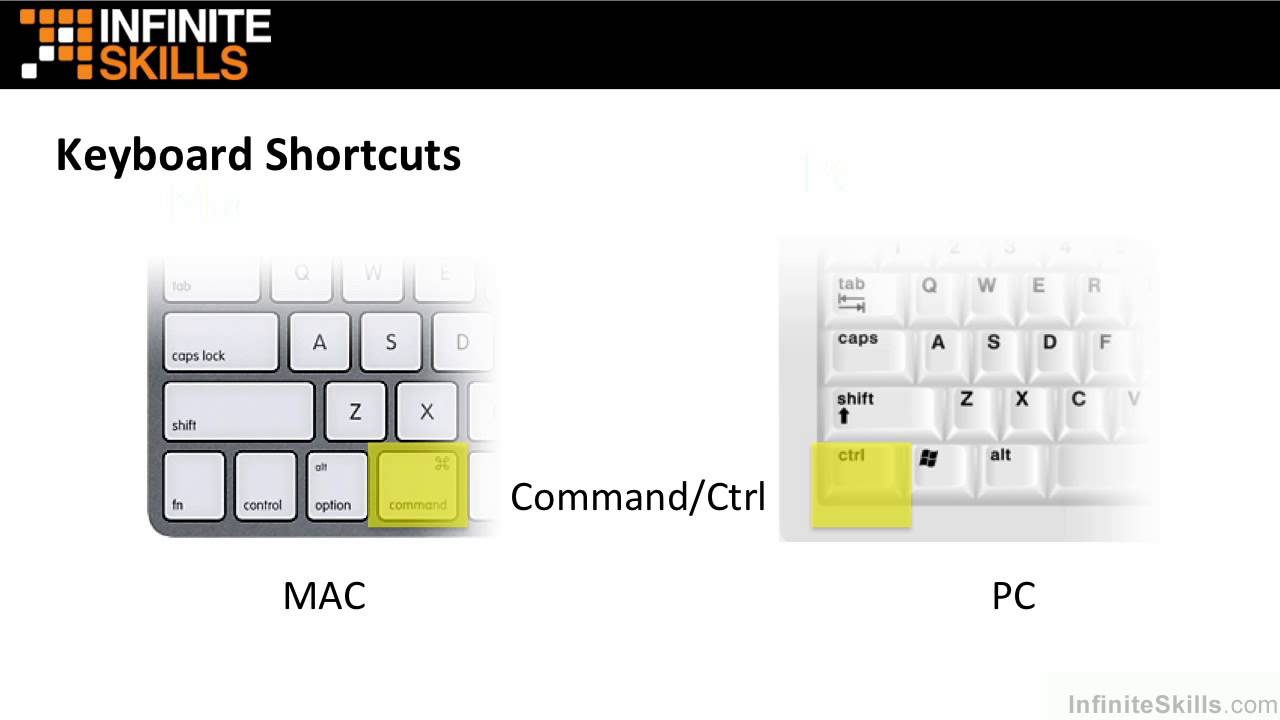


I did then install the Apple drivers as mentioned above.

Once I had erased the previous contents of the Bootcamp drive using Disk Utility, I used the Windows install CD and treated the Bootcamp partition like any hard drive on which I wanted to install Windows. Note: I did not use the Bootcamp Assistant at all in this process mainly because I could not see the point of backing up my entire hard drive and then repartitionng it when I already had a perfectly good partition. Pay attention during the installation process because the installer will restart the computer several times during installation and it is necessary to use the option key to choose the correct boot when it restarts (first the Windows 7 disc and then the drive labelled Windows which is actually the hard drive partition).Īfter Windows is installed and the computer is booted from Windows use the previously prepared CD to install the Apple hardware drivers for Windows. Proceed with installation by the Windows 7 oem disc on the reformatted partition. It reformats correctly but the partition is no longer called Bootcamp. On the same screen choose Advanced drive options (over on the right side) and pick the option to reformat the Bootcamp partition. The Bootcamp partition shows up as the 4th partition as mentioned by others and Windows informs that it cannot be installed on that drive (because it was formatted incorrectly NOT because Bootcamp only allows two partitions on a drive). Insert the Windows 7 oem disc into the computer's disk drive and choose to install it on the Bootcamp partition. (I didn't format the CD ahead of time, just used it the way it came off the stack). Use Disk Utility to erase the Bootcamp partition completely and zero it out so that I had basically a blank Bootcamp drive.ĭownload from Apple onto a CD the necessary drivers to make Windows work with Apple hardware as recommended in the Bootcamp instructions. Don't use an oem disk at all if you can help it because the license is good only for the hard drive it is originally installed on or possibly another identical hard drive. because they will only install on a PC of that brand. Don't use an oem version from HP or Dell, etc. I had to use a Microsoft oem version of WIndows 7 because I couldn't find my original retail Windows 7 disk. Boot Camp comes pre-installed in OS X, and it allows you to install Windows on your Mac (if you have the Windows installation discs). So I eventually reinstalled it on the original partition using an install disc with Windows 7 oem from Microsoft. During a routine update WIndows completely stopped working, could not repair itself, could not boot the computer and was not amenable to repair by a Windows repair tool that I had. I had a huge problem recently with Windows 7 on Bootcamp on my 2009 MacBook Pro running OS 10.7.5.


 0 kommentar(er)
0 kommentar(er)
